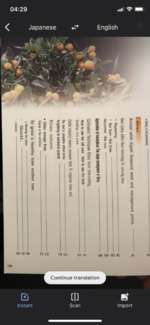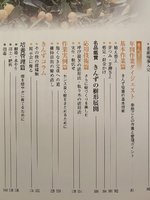They root rather well and can be grown from cuttings. They are also commonly
air-layered and mame/shohin with radical trunk movement can be trained from root cuttings. The seeds take up to 3 months to germinate and the seedlings will take 6 to 8 years before fruiting,
I have a few non "golden bean" kumquats and a Citrus myrtifolia in the garden, there isn't much published information outside Japan for Kinzu.
Here's what I gathered from Japanese sources:
They don't like drying out but they don't like being excessively wet either. Water once to twice a day in Spring/Fall and three to four times a day in Summer.
Susceptible to fungal problems when it's hot and humid, they don't like frost.
Calendar of sorts for the northern hemisphere:
They require winter protection from November to late April, the buds differentiation happens in early March.
The fructification happens from December to February.
They can be repotted from May to June.
(partial) defoliation before new growth April to May.
Pinching/bud selection May to September. Pinch the tip of strong branches, then pinch the new shoots when they're extended up to 7cm. Healthy trees can be pinched up to 3 times in the season to increase ramification.
Pruning from late May to end of September, light pruning possible from late November to end of December (to prepare for display).
Wiring June to September, remove when it looks like it's about to bite. Only wire young shoots.
Fertilize May to October, except during rainy season. Tamahi is a good base, but supplement with high phosphorus and potassium from time to time.
EDIT: I forgot... soil: hard akadama with kyryu or pumice. I use APL in equal proportions but the Japanese books go with hard akadama, kiryu, river sand (5:2:3).


